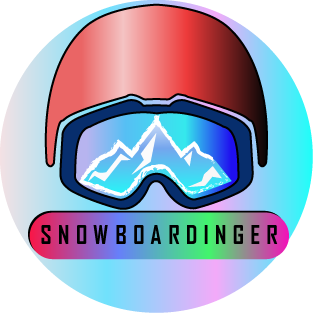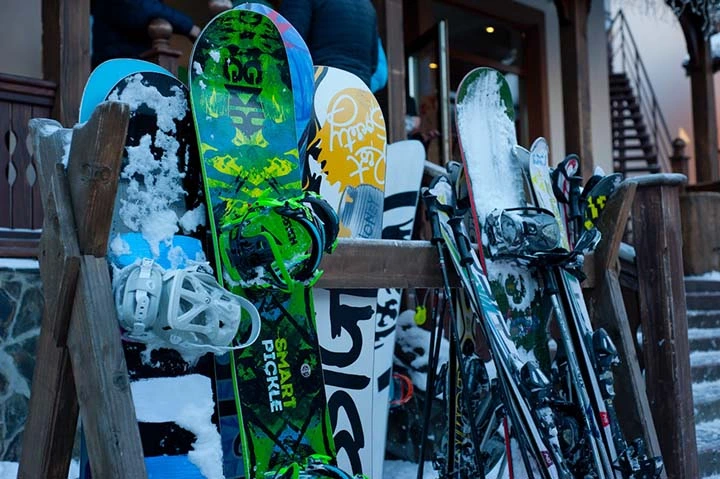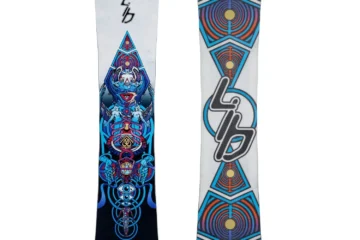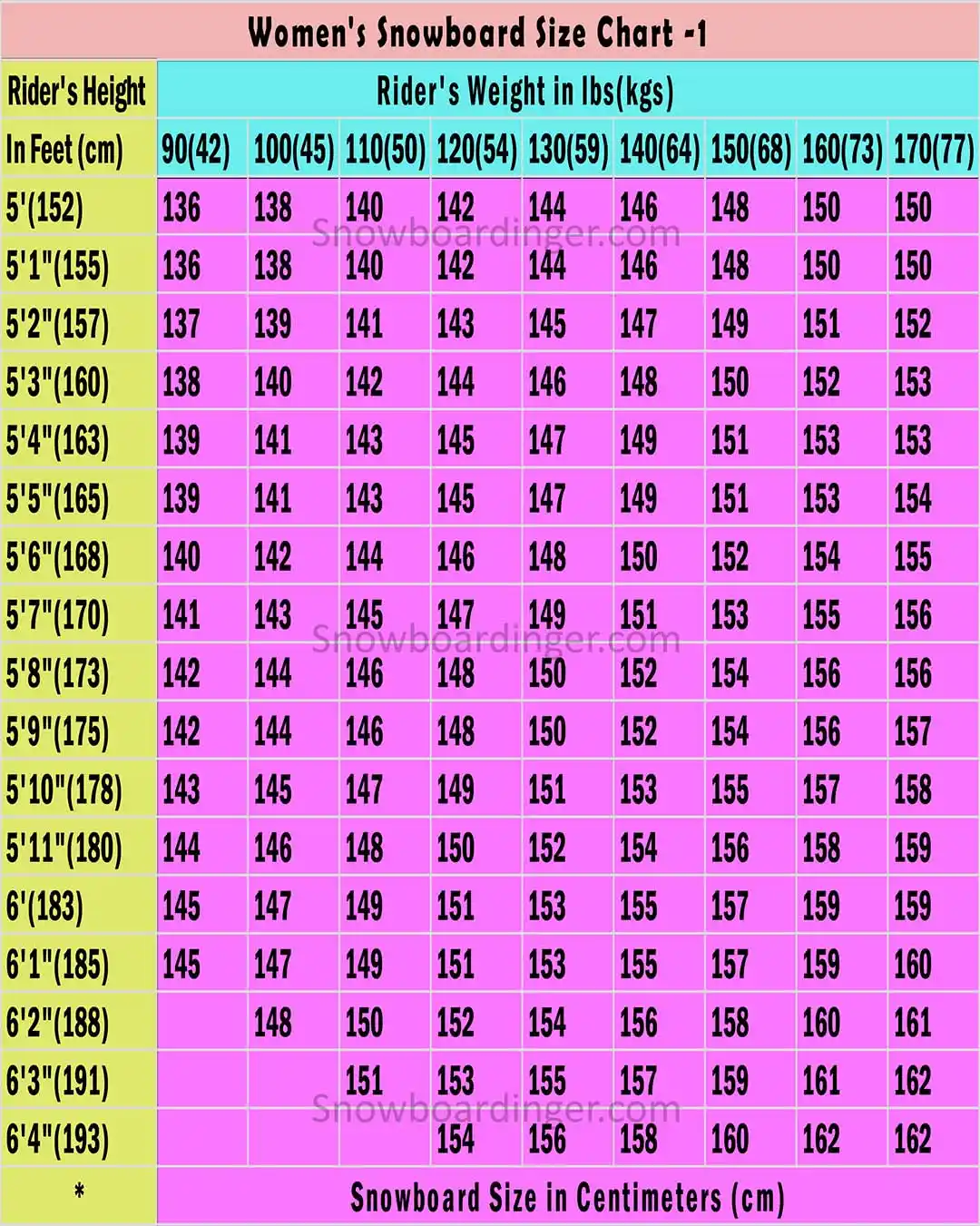Buying used snowboards can be a great way to save money and get into the sport without breaking the bank. On average, a new snowboard can cost anywhere from $400 to $800 or more, depending on the brand, model, and features. By contrast, a used snowboard can cost anywhere from $100 to $400, depending on the condition and age of the board.
There are several factors that can impact the price of used snowboards, including the brand, model, age, condition, and features. A well-maintained snowboard from a reputable brand that’s only a few years old can still provide excellent performance and longevity, and can be a great option for riders who are just starting out or who are looking to save money.
When shopping for used snowboards, it’s important to carefully inspect the board for any damage or wear, such as cracks, dents, or deformations in the base, edges, or top sheet. Look for signs of water damage, corrosion, or other issues that could affect the performance and longevity of the board. If you’re unsure about the condition of a used snowboard, consider having it inspected by a professional snowboard mechanic or sports shop.
Another consideration is the size of the board. Make sure the board you choose is appropriate for your height, weight, and riding style. If you’re not sure what size board you need, consult with a professional or you can read our post to choose the right size snowboard.
In this post, we will go through below points to become an expert in buying used snowboards:
Table of Content
The Pros and Cons of Buying Used Snowboards:
Pros and cons can make the smog disappear and we can see clearly. While we are at it, let’s discuss the Pros of used snowboards first.
Pros of Buying Used Snowboards:
Cost-effective: Used snowboards are often sold at a lower price compared to brand new ones, making them a more budget-friendly option.
Environmentally friendly: Reusing snowboards helps reduce waste and minimize environmental impact.
Chance to try out different brands and models: Buying used snowboards gives you the opportunity to try different brands and models before committing to a brand new one.
Cons of Buying a Used Snowboard:
Wear and tear: Used snowboards may show signs of wear and tear such as scratches, cracks, and dings, which can affect its performance.
Unknown history: The history of the snowboard, including how it was used and maintained, is unknown, which may affect its condition and performance.
Lack of warranty: Used snowboards typically do not come with a warranty, leaving you without any protection or support if the snowboard develops any issues.
Increased risk of buying a damaged or poorly maintained board: There’s always a risk of buying a used snowboard that has been damaged or not properly maintained, which can reduce its performance and lifespan.
Checklist for Buying Used Snowboards:
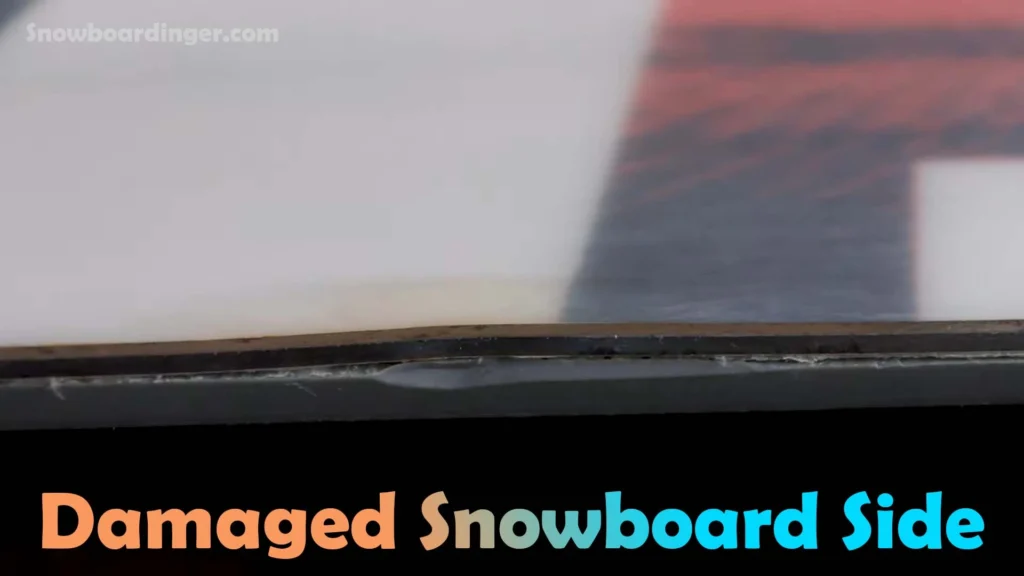
Research: Research the brands, models, and styles of snowboards that interest you. Check online reviews and compare prices to get an idea of what to expect.
Condition: Check the overall condition of the snowboard, including the base, edges, and topsheet. Look for cracks, chips, dings, and any signs of corrosion.
Flex and camber: Test the flex and camber of the snowboard by pressing down on the nose and tail. Look for any unusual deformities or differences in stiffness.
Bindings: Check the bindings for any cracks, rust, or signs of wear. Make sure the bindings are adjustable and will fit your boots.
Wax: Check the base of the snowboard for any signs of oxidation or discoloration. This can indicate the snowboard has not been waxed or taken care of properly.
Edges: Check the edges for any nicks, dents, or burrs. These can affect the snowboard’s performance and handling.
Compatibility: Make sure the snowboard is compatible with your riding style, ability level, and preferred terrain.
Ask the seller questions: Ask the seller about the snowboard’s history, including how it was used and maintained. Get their perspective on the condition of the board and any issues they’ve noticed.
Take it for a test ride: If possible, take the snowboard for a test ride to get a feel for its performance and handling.
By following this checklist, you can ensure that you are getting a used snowboard in good condition and that is right for you.
Read What should you look for when buying used snowboard boots, Click Here
Factors to Consider When Buying Used Snowboards:
Purpose: Consider why you need a snowboard and what type of riding you will be doing (e.g. freestyle, all-mountain, backcountry). This will help you determine what type of snowboard to look for.
Size: Make sure the snowboard is the right size for you. A snowboard that is too small or too large can be difficult to control and limit your performance.
Condition: Check the overall condition of the snowboard, including the base, edges, and topsheet. Look for cracks, chips, dings, and any signs of corrosion.
Flex and camber: Consider the flex and camber of the snowboard, as these can affect its performance and handling. Make sure the snowboard has the right flex and camber for your riding style and ability level.
Bindings: Check the bindings for any cracks, rust, or signs of wear. Make sure the bindings are adjustable and will fit your boots.
Cost: Determine how much you are willing to spend on a used snowboard. Keep in mind that a lower price does not always mean a better deal.
Warranty: Consider if the used snowboard comes with a warranty or if you can purchase an extended warranty.
Seller: Research the seller and make sure they are reputable and reliable. Check their customer reviews and feedback to ensure they are trustworthy.
Test ride: If possible, take the snowboard for a test ride to get a feel for its performance and handling.
By considering these factors, you can ensure that you are making an informed decision when buying a used snowboard and that you are getting a snowboard that is right for you.
Here are some tips to ensure you’re getting a good deal on used snowboards:
Research the market: Research the prices of new and used snowboards of the same brand, model, and size to get an idea of what you should expect to pay.
Check for damage: Look for any signs of damage or wear and tear, such as cracks, chips, dents, and rust. Consider how much it will cost to repair any damage and factor that into your decision to buy.
Negotiate price: Don’t be afraid to negotiate the price of the snowboard. Be prepared to walk away if the seller is not willing to negotiate or if the price is not within your budget.
Get a warranty: If possible, try to get a warranty or an extended warranty with the snowboard. This can provide added protection and peace of mind if the snowboard develops any issues.
Trust your gut: Trust your instincts and don’t be afraid to walk away if something doesn’t feel right. If you have any doubts or concerns about the condition of the snowboard, it’s best to find another option.
By following these tips, you can ensure you are getting a good deal on used snowboards and that you are making an informed decision.
Here are some additional expert tips for buying used snowboards:
Check for compatibility: Make sure the snowboard is compatible with your riding style, ability level, and preferred terrain. Ask the seller questions about the snowboard’s specifications and performance.
Look for recent models: Consider looking for used snowboards that are less than 5 years old, as they are more likely to have current technologies and be in good condition.
Look for deals: Keep an eye out for seasonal sales and discounts, as you may be able to find used snowboards at a discounted price.
Check the base: Look for any signs of damage or oxidation on the base of the snowboard. A damaged base can affect the snowboard’s performance and handling.
Consider the edges: Check the edges for any nicks, dents, or burrs. These can affect the snowboard’s performance and handling.
Check the bindings: Make sure the bindings are in good condition and are adjustable. Check that they will fit your boots and that they are the right type for your riding style.
Get a professional opinion: If possible, consider taking the snowboard to a professional to get a second opinion on its condition and performance.
By following these expert tips, you can ensure that you are making an informed and confident decision when buying a used snowboard.
To avoid common pitfalls when buying used snowboards, follow these tips:
Avoid buying sight unseen: Try to inspect the snowboard in person before making a purchase. This will allow you to inspect the snowboard for any damage or wear and tear, and get a feel for its performance and handling.
Check for authenticity: Make sure the snowboard is authentic and not a counterfeit. Look for serial numbers and other identifying markers, and research the brand and model to ensure it’s legitimate.
Be cautious of deals that seem too good to be true: If a used snowboard is being offered at a significantly lower price than its market value, it may indicate a problem with the snowboard. Be cautious and thoroughly inspect the snowboard before making a purchase.
Research the seller: Research the seller and make sure they are reputable and reliable. Check their customer reviews and feedback to ensure they are trustworthy.
Don’t rely on photos alone: Photos can be misleading and may not accurately represent the condition of the snowboard. Inspect the snowboard in person if possible, or ask for additional photos or a video of the snowboard in use.
By following these tips, you can avoid common pitfalls and ensure that you are making an informed and confident decision when buying a used snowboard.
Here are some tips to maximize value when buying used snowboards:
Set a budget: Determine what you are willing to spend on a used snowboard and stick to your budget. This will help you avoid overspending and ensure that you are getting the best value for your money.
Do your research: Research the brand, model, and size of the snowboard you are interested in buying. Check for any common issues or problems and consider how much it will cost to repair or replace them.
Compare prices: Compare prices for the same brand, model, and size of used snowboards from different sources to ensure you are getting the best value.
Negotiate price: Don’t be afraid to negotiate the price of the snowboard. Be prepared to walk away if the seller is not willing to negotiate or if the price is not within your budget.
Consider the condition: Look for used snowboards that are in good condition, have minimal wear and tear, and have a low usage history.
Check for compatibility: Make sure the snowboard is compatible with your riding style, ability level, and preferred terrain. Ask the seller questions about the snowboard’s specifications and performance.
By following these tips, you can maximize value when buying used snowboards and ensure that you are getting the best value for your money.
Here are the best offline places to get used snowboards in the US:
Sporting goods stores: Look for sporting goods stores that specialize in snowboarding gear and equipment. They often carry a variety of used snowboards at reasonable prices.
Ski and snowboard shops: Look for ski and snowboard shops that sell used equipment. They often have a selection of used snowboards from previous seasons that are in good condition.
Outdoor gear consignment shops: Look for outdoor gear consignment shops that specialize in ski and snowboard equipment. They often have a selection of used snowboards that have been gently used and are in good condition.
Second-hand shops: Look for second-hand shops or thrift stores that sell sporting goods and outdoor gear. They may have used snowboards available at a discounted price.
Pawn shops: Check pawn shops for used snowboards. They often have a variety of sporting goods and outdoor gear that are in good condition and can be purchased at a discount.
Ski and snowboard rental shops: Look for ski and snowboard rental shops that sell used equipment. They often have a variety of used snowboards that are in good condition and have been well-maintained.
By checking these offline places, you may be able to find a used snowboard that fits your needs, budget, and preferences.
Here are some online places that offer huge discounts on snowboards:
Online classified ads: Check online classified ads such as Kijiji or Gumtree for used snowboards for sale.
Online ski and snowboard shops: Look for online ski and snowboard shops that have seasonal sales or clearance events.
Online marketplaces: Check online marketplaces such as eBay and Amazon for discounted snowboards.
Local classified ads: Check local classified ads such as Craigslist or Facebook Marketplace for used snowboards for sale.
Online forums: Check online forums such as Reddit or Snowboarding forums for users selling used snowboards.
Outlet stores: Check online outlet stores for discounted snowboards. They often have end-of-season sales or clearance events where you can find snowboards at discounted prices.
Manufacturer websites: Check the websites of the manufacturers of snowboards for special offers and discounts.
By shopping at these online places, you may be able to find a used snowboard at a great price or a new snowboard at a discounted price.
CONCLUSION:
Buying a used snowboard can be a great way to save money and get into the sport, but it’s important to carefully inspect the board for any damage or wear and choose a board that’s appropriate for your height, weight, and riding style. With a bit of research and care, you can find a used snowboard that provides excellent performance and longevity and helps you get the most out of your snowboarding experience.
